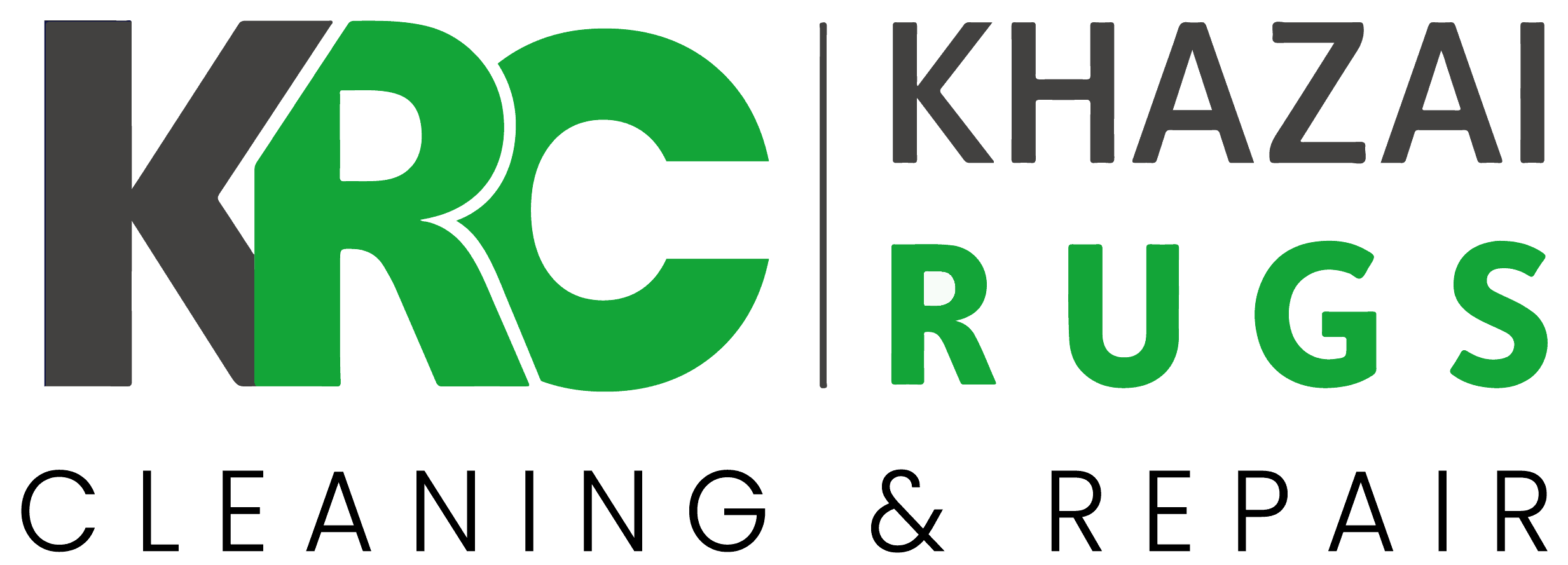RUGS 101: Abrash Coloration
Oriental rugs, like any other unique product, come with their own terminology. Most words involved with Oriental rugs aren’t English. When the dealer speaks about these certain terms it is reasonable to assume the typical client will not understand what the dealer is saying. Abrash coloration is a particular term that gets thrown around and is often misunderstood by clients. Abrash (pronounced ‘uh-brash’) coloration in rugs is the different color patterns, colorations, and various shades or hues within a rug.
Some people consider Abrash to be a flaw in oriental rugs. But It is actually one of the most common and typical characteristics of a genuine oriental rug, and especially among older or ‘nomadic’ handmade rugs.
It is widely known even the most perfect and seemingly rigid workshop rugs will have imperfections intentionally woven into the rugs to prove ‘no one is perfect but God.’
Abrash can be very consistent changes of color or can be inconsistent and even drastic. Keep reading and learn more about Abrash coloration rugs. An example of the fuchsin dye caused by abrash
The Unique Dyes of Abrash Coloration Rugs
In most cases, The use of hand-spun wool and dyes is what causes Abrash in an oriental rug. Dyes are a very important part of the rug industry. Before the 1900s, synthetic dyes did not exist.
Vegetable dyes were the only dyes available. Making the vegetable dyes is a very complex and labor-intensive process. The dye makers are very skilled and take a lot of time to make dyes, however, the results are still relatively inconsistent.
The raw resources used, such as natural indigo, madder root, and yellow larkspur vary depending upon weather, location, and harvest season. Also, the creation of the dye and application of the dye will vary. This depends on the temperature and humidity during the process.
An example of Abrash: when fuchsine dye was introduced in the early 1900s to make a deep cranberry red. At first, the color-matched perfectly with the other colors in the weaving. Time and sun exposure caused fuchsine to change to a very dusty light pink.
Another way Abrash is created is during the wool spinning process, some areas may be spun tighter than others. This can affect the rate of absorption and intensity of color when the material is dyed, Which may cause Abrash. Some vegetable dyes from Iran.
Sun Fading
Sometimes, Abrash gets confused with color fading from the sun. Remember, there are two different ways to determine whether a rug has a naturally occurring Abrash or whether it has been damaged by sun fading.
The first way is to look at the back of the same area of the rug. If there are no color variations, then it is most likely to be sun fading. This because the effects of sun fading would not go through to the back of the rug.
The second way to find whether it’s sun fading or Abrash is to look in the pile by spreading the weaves apart. If the color is stronger toward the middle or bottom part of the wool, it would most likely be due to the sun fading.
In the grand scheme of things, Abrash is certainly not a bad thing in oriental rugs. Some of the most expensive rugs in the world feature Abrash. People enjoy the “old” and unique look of it. Khazai Oriental rugs cleaning take on Abrash is that it’s great.
It adds beauty and a “one of a kind” feel to the certain rug. Machine-made rugs and synthetic dye companies actually have begun to include Abrash in designs to give the rug a unique feel.
We are able to rug clean, rug repair, or restore your abrash coloration rugs! With five generations of experience, we are the rug experts! Leave a message or call us today.
Washington, DC: 14700 Flint Lee Rd Unite E, 2nd Floor, Chantilly, VA 20151, United States / (202)774-9787



